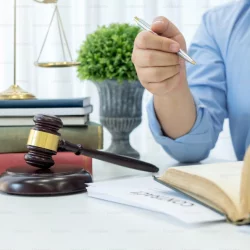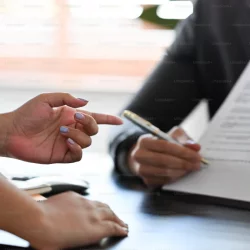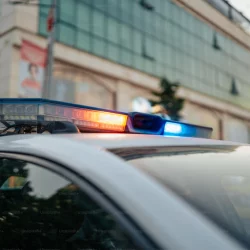The Role of Evidence in Strengthening Personal Injury Cases
Legal disagreements can become intricate and tough to navigate when they involve injuries specifically. Thoroughly backing up claims with evidence is essential to putting forth an argument that can sway those making decisions. Grasping the significance of evidence is key for individuals engaged in these issues. This article delves into the ways in which collecting and showcasing proof can make a difference in personal injury lawsuits.
Varieties of Proof
In injury lawsuits, different types of evidence are used to prove facts and support arguments. Physical evidence involves objects such as damaged property, clothing, or equipment, which can offer details about the incident and its context. Photographs and videos serve as aids depicting the scene and injuries to demonstrate the seriousness and consequences of the event. Any reputed personal injury lawyer from Long Island or anywhere else takes all these aspects into account.
Accounts from Witnesses
Testimonies from witnesses are crucial in injury lawsuits as they offer recollections of the incident's details and can help establish a clear timeline of events that occurred during the event in question. Additionally, valuable are expert witnesses like medical practitioners or accident reconstruction specialists who can provide insights into the case by offering context and clarifying complex details to enhance the credibility of the case.
Healthcare Summaries
Individuals should be meticulously recorded in the event of an accident causing injuries. Medical documents and evaluations play a role as evidence in cases of injury. They offer details on the type and severity of injuries sustained, treatments administered, and the lasting effects on the person's well-being. These records can illustrate the need for care and support claims for reimbursement. In medical malpractices, patients or victims can even the sue the hospital on the basis of solid evidences.
The Impact of Technology
Technology developments have completely transformed how evidence is collected and presented in cases involving injuries. Modern digital tools such as surveillance cameras and smartphones record happenings accurately, while dashcams capture real-time footage of incidents as they occur. This recorded footage serves as evidence of what unfolded during the events in question. It plays a crucial role in determining accountability. Moreover, information gathered from gadgets and mobile apps can provide details about an individual's physical state both prior to and following an incident.
Preservation of Evidence
To ensure that evidence retains its significance, it is crucial to store items over time to avoid tampering or decay while also backing up digital evidence to safeguard it from unauthorized use or manipulation. Legal practitioners frequently collaborate with specialists to verify the integrity of evidence and its admissibility in proceedings; inadequate preservation of evidence can undermine the credibility of a case.
Arrangement of Information
Creating documentation and maintaining a defined structure is crucial when it comes to presenting evidence persuasively in legal matters. Legal professionals dedicate significant effort to organizing and arranging evidence clearly and cohesively to construct a compelling narrative that aids decision-makers in grasping the strengths of the case. This effectively demonstrates how properly structured evidence can significantly impact the result of a personal injury lawsuit.
The Significance of Being Punctual
In personal injury cases, time is important. Collecting evidence promptly helps to ensure accuracy and prevent loss or deterioration of evidence. Witness recollection can fade over time, which can affect their testimonies. Statutes of limitations also impose deadlines for filing claims. Acting quickly to gather evidence and start proceedings is key to building a case.
Difficulties Encountered in Gathering Evidence
Gathering evidence is crucial in most cases. It can be tricky at times due to restrictions on document access or location entry and uncooperative witnesses who may hesitate or be unavailable to share their accounts with legal authorities. Lawyers need to tactfully handle such hurdles by using investigative methods and legal support to boost a personal injury lawsuit's strength.
Closing Thoughts
In personal injury cases, evidence is crucial for presenting an argument, with various types, such as witness statements and digital recordings, working together to build a solid case. It is vital to handle evidence carefully by preserving it well, organizing it properly, and collecting it promptly. This knowledge empowers both individuals and legal experts to handle personal injury cases effectively, leading to positive results.
More to Read:
Previous Posts:










